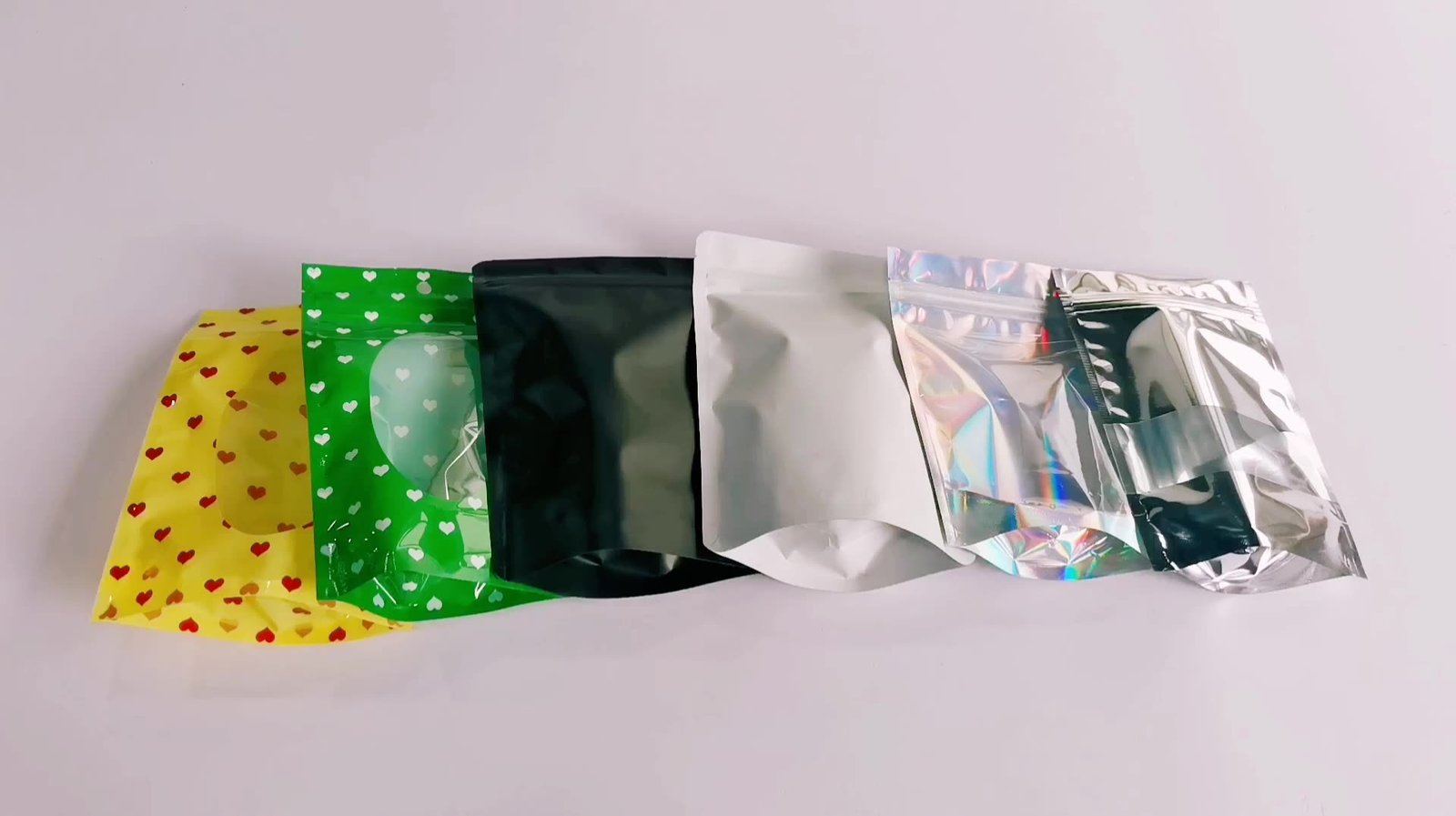Tissue boxes are a common household and office item, but behind their sleek design is smart packaging. Whether you’re a business creating custom packaging or a brand launching a new product, understanding tissue box dimensions is essential for shelf presence, cost-effectiveness, and user convenience.
Choosing the right size isn’t just about fitting tissues—it’s about delivering a product that’s attractive, practical, and efficient from manufacturing to delivery.
Common Tissue Box Sizes
Tissue boxes come in several shapes and sizes. The three most common styles are:
- Rectangular Flat Box (Standard facial tissue)
- Dimensions: Approx. 8.9″ x 4.8″ x 2.1″
- Slim and stackable, often used in homes and offices
- Cube Box
- Dimensions: Around 4.75″ x 4.75″ x 5.2″
- Compact and space-saving, ideal for desks and nightstands
- Car Tissue Boxes (Portable)
- Dimensions: Vary, but typically around 9″ x 5″ x 2″
- Designed for glove compartments or car seats
While these are standard sizes, brands often customize dimensions to meet specific branding needs or to enhance portability and design appeal.
Why Do Tissue Box Dimensions Matter?
Getting the dimensions right affects more than just aesthetics. Here’s how proper sizing plays a role:
- Product Fit: The tissues must dispense easily without crumpling or getting stuck.
- Shipping Efficiency: Boxes that are too bulky or oddly shaped cost more to ship and store.
- Shelf Impact: Uniform sizes help retailers stock and display your product effectively.
- Branding Space: More surface area means more room for design and messaging.
If you’re in the business of selling tissues or similar consumer products, your box size could directly influence sales and brand recognition.
Custom Tissue Boxes for a Unique Brand Look
Standard shapes work well, but custom-sized tissue boxes can make your product stand out. You might choose a taller cube for a modern design, or a narrow flat box to suit compact shelving. Some brands even opt for hexagonal or triangular boxes to grab attention.
This is where Citi Packaging can help. We work with businesses to create custom tissue box designs that meet both functional needs and branding goals. From selecting eco-friendly materials to printing full-color artwork, every step is optimized for your success.
Mid-Blog Highlight: Don’t Overlook Custom Apparel Boxes
While tissue packaging needs to be practical, similar attention to detail applies to other industries too. For example, custom apparel boxes wholesale are designed to fit products like T-shirts, socks, or ties without wasting space or adding weight. Getting dimensions right saves on shipping and enhances the unboxing experience—just like with tissue packaging.
Tips for Choosing the Best Dimensions
Not sure where to start? Keep these tips in mind:
- Know Your Tissue Count: A 100-tissue box will need different space than a 200-count box.
- Think About Usage: For travel or cars, smaller boxes work best. For homes, larger boxes may be more suitable.
- Factor in Dispensers: Your opening shape and size must match the tissues inside.
- Consider Packaging Materials: Cardboard thickness can slightly affect internal space.
- Test User Experience: Make sure tissues pull out easily—this affects customer satisfaction.
Citi Packaging Makes It Easy
At Citi Packaging, we take the guesswork out of packaging. If you know your tissue type and volume, we can recommend box dimensions that match. We also offer custom printing, recycled materials, and tailored inserts for premium products.
Whether you’re designing for retail stores or online sales, our team ensures every detail—from the opening style to the artwork placement—is carefully managed for both function and visual impact.
Wrapping It Up: Size Drives Success
Understanding tissue box dimensions is about more than fitting tissues into a box. It’s about making a product that customers enjoy using, that retailers can easily stock, and that supports your brand image. Whether you stick to standard sizes or opt for something bold and unique, thoughtful packaging pays off.
